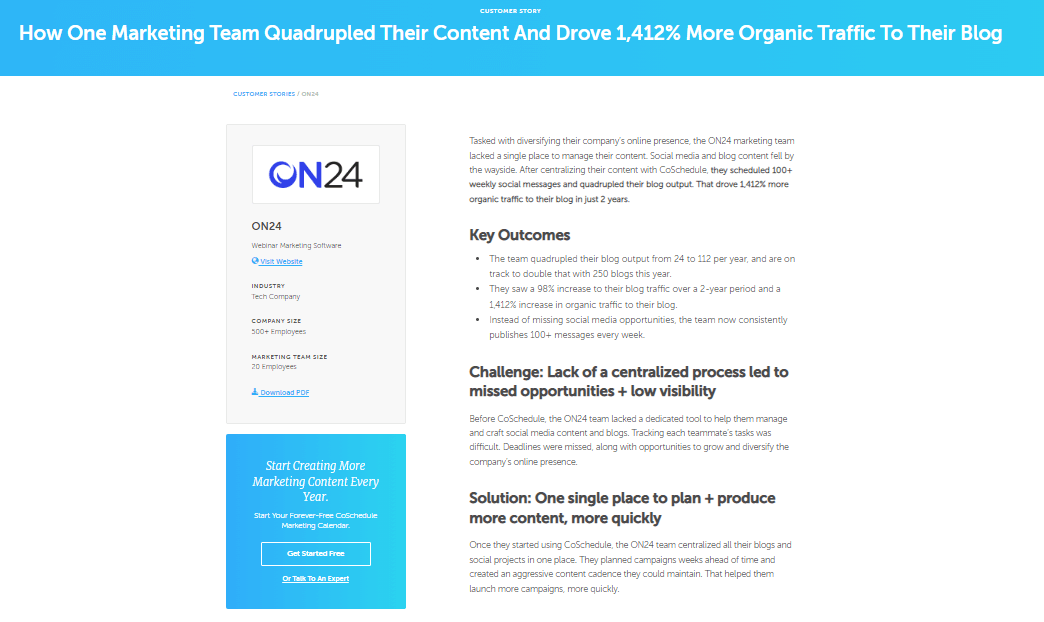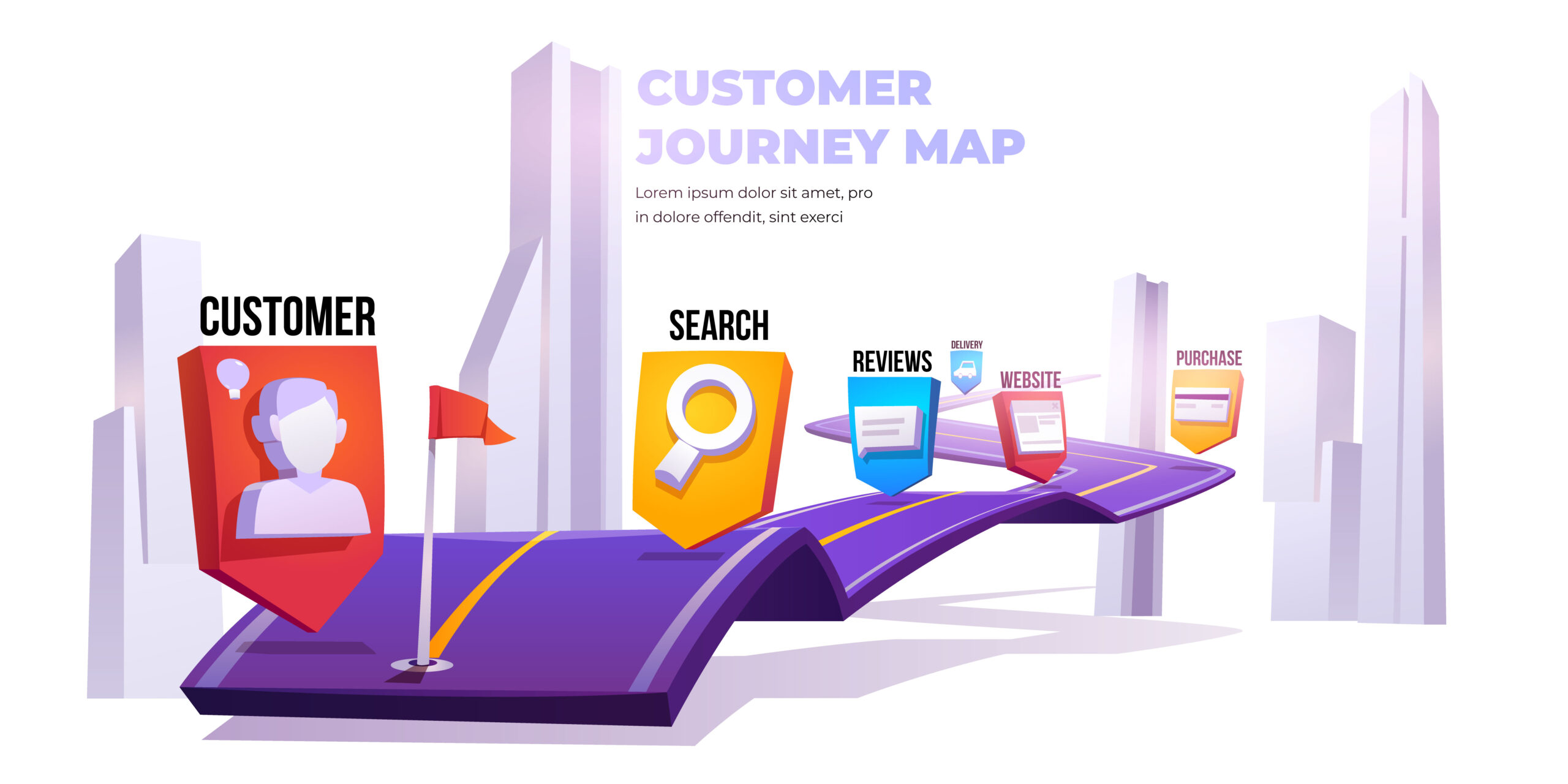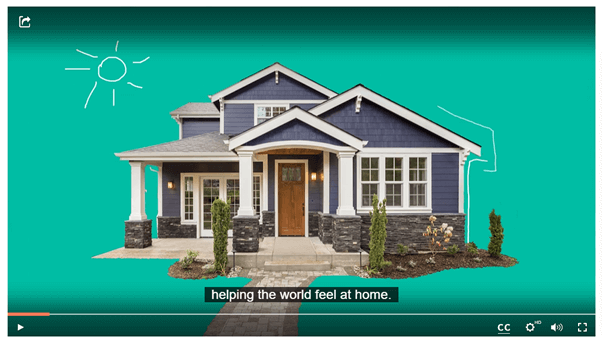The Case for Using Case Studies in Your Content Marketing Strategy
By Helen McCrone, Copywriter and Content Writer | 2,030 words
Need to add more interest and flavor to your content marketing mix? Then consider case studies. They're great for demonstrating - in a way that will stick in the reader's mind - how your product or service works in practice. They also illustrate how your company works with its customers.
No wonder 68% of B2B marketers used case studies in 2021.
But case studies don't only show off your expertise and demonstrate your value. They also nurture quality leads throughout the buyer's journey, and it's this aspect that makes them particularly valuable as a content marketing tool.
So, with that in mind, let's take a closer look at the benefits of using case studies in your content marketing strategy. We’ll kick of by reminding ourselves what a case study is.
What Is a Business Case Study?
If you've ever bought something online, chances are you've stumbled across a few case studies during your research. These short, real-life stories demonstrate how a company has helped others solve a nagging problem. Aimed at individuals (B2C) or companies (B2B), they always showcase the positive experiences of a happy customer.
Prime example of a business case study
CoSchedule helps marketers plan, execute and manage their marketing projects, so you’d expect their case studies (or customer stories as they call them) to be good. The story about ON24 is no exception. It has a clear and specific title, a quick facts sidebar, concise sections, original graphics, an emphasized customer quote, a relevant call to action, and a professional design.
What Is the Format of a Business Case Study?
Because case studies share the "how and why" of success, they tend to follow a standard 4-part format: the customer, the challenge, the solution and the benefits (you can see that format clearly in the CoSchedule example).
Breaking down the story into chronological order presents data clearly and helps consumers find success. Including actual quotes from the customer adds credibility.
A logical format is essential, but the content should also be relatable, compelling and relevant to your target audience. Yes, you want to position your business as an industry leader. But unless you are offering the very solution that your prospects or existing clients are looking for, you aren't going to connect with them.
What Role Do Case Studies Play in Content Marketing?
Case studies are a way to highlight specific features that set your company apart from its competitors. That makes them a handy sales enablement tool. But case studies also act as social proof and evergreen content. That's because:
And that is why case studies perform such a useful role in your content marketing strategy.
They enable brand storytelling by bringing together the things that you say your brand stands for and the actual customer experiences that you create. (I'm sure you've come across companies where those two aren't necessarily the same.)
Not convinced?
Imagine for a moment that you're about to buy the latest widget and you've whittled the shortlist of vendors down to just two. Both promote a similar identity: technological expertise, collaborative and reliable. So far, so good.
One vendor has 5-star reviews strategically placed on its website and has sent you a couple of compelling case studies testifying to the problems that their widget has solved in the real world. The other vendor hasn't given you any social proof at all. Who would you buy from?
Which leads us nicely to the next point...
How Case Studies Improve The Buyer Journey
Thanks to the internet, the buyer's journey is no longer a straight path from A to Z. Your prospective customers are most likely to jump from one place to another as they carry out their research and make their evaluations. They may even skip a step or go back two steps before they reach their final purchase destination.
Despite this interrupted route, the three stages of awareness, consideration and decision still apply. After all, few buyers wake up in the morning and decide to buy something on impulse. They nearly always go through a process of recognizing, contemplating and evaluating before they decide on what to buy and who to buy from.
The awareness stage
Case studies are certainly beneficial to those who have begun searching for solutions, otherwise known as the awareness stage. This is when people are looking for information so they can more clearly understand and name their problem. For example, a Sales Director for a medium-sized manufacturing company may be asking himself: "Why are our sales processes taking far longer than they should?"
The consideration and decision stages
However, case studies tend to have a bigger impact during the consideration and decision stages. This is because ideal clients are generally looking for solutions to a known problems or they already know what kind of solution they need and just want to make a purchase.
If we continue the example, the Sales Director might be asking in the consideration stage : "How do we simplify our CRM software?" In the decision stage, he might be asking: "Where do we find interactive, on-demand training that helps us design less complicated workflows?"
In both situations, a case study could encourage the director to take the next step in the buyer's journey.
How and Where are Audiences Most Likely to Engage with Case Studies?
Case studies allow you to share your brand's values and purpose so that you can connect with consumers on a deeper level. That's the beauty of their story-telling nature. They stimulate the imagination and help prospects visualize your solution in their own environment.
However, to squeeze the most value out of your case studies, you need to make sure that you are giving your target audience plenty of opportunities to engage with them. The most obvious place to start is a dedicated case studies page on your website, but don't overlook other places such as your home page or relevant product pages.
Once you've scattered them strategically across your website, consider other ways to get your case studies out there. You could:
After that, you can think about repurposing them to boost customer engagement. How about incorporating elements of them into your blog posts, or creating a few slideshows?
What Format Gives Case Studies the Most Impact: Written or Visual?
The answer to that question depends on whether you ask a copywriter or videographer! The copywriter will say the written format is superior for its ability to dive deep into the details, while the videographer will say that visuals win every time if you want to grab attention.
Leaving aside natural bias (ahem!), you're going to find plenty of advocates for both formats. That's because they both lend themselves well to case studies. However, you should note that consumer demand for video content is continuously rising. According to HubSpot, 53% of consumers want to see more video. If you're struggling to choose, I would say it depends on three things:
The demographics of your target audiences will influence their online viewing and reading engagement behavior, so consider their age, gender, interests, habits and even where they are located. Generally, millennials tend to prefer video and social content, while Gen X and Boomers lean more towards traditional content teams. Their job and industry could also have a bearing. Research your ideal clients to check their preferences.
What you're selling also plays a role. Some products and services are more visually entertaining or easier to explain in a film. Others are best described by the written word.
Finally, there's your budget, and much of that depends on the skills you already have in house. If you outsource, you'll have to cover the additional cost. On the other hand, you'll have more time to go find those customer stories and develop your editorial calendar.
Still not sure which format to go for? Then consider doing both. Put them side by side, or in different places. You could even turn your written case study into an interactive piece. In other words, there's no reason to limit yourself to one format or the other.
Two case studies that combine written and visual formats:
“How Handled Scaled From Zero to 121 Locations with HubSpot”
In this case study, HubSpot shows how home-moving company Handled uses the HubSpot CRM platform to automate their sales, marketing, and customer service processes. It kicks off strongly with the results: 121 new locations in 18 months and 360° visibility into leads and customers.
What follows is a quick intro to the customer and then a video. What I like about this video is that HubSpot lets the customer do all the talking. This is much more powerful than a HubSpot employee telling the audience “We did a great job!”
The written section brings up the rear. As with the video, HubSpot makes sure to quote the customer, in this case the President and CEO. It’s a nice job.
“Delivering an Award-Winning Project During a Pandemic”
In this case study, construction consultants OCMI describe how they helped the City of Sacramento deliver a new $254 million convention center during challenging times. Unlike the HubSpot example, this one starts with the text. However, it’s short and sweet. It tells readers to watch the 4-minute video for the full story.
The video is well made, and I like the placement of the awards and deliverables in the sidebar. However, I would suggest to the company that they insert a much stronger call to action. The “contact us” button is weak and in the wrong place.
I’d also put a subheading under the title to provide a little more detail and encourage further reading. What type of project and where?
How Many Case Studies Should You Publish?
As with any other type of marketing content that you produce, the question of "how many" has more to do with consistency than quantity. Don't do one or two, run out of steam, and then move on to another project.
A dedicated case study page with just a couple of case studies will look completely underwhelming. What's more, it can give the impression that you have no more than two happy customers willing to share their experiences.
Plan from the start to publish enough stories to give prospects a broad overview of how your product or service works in practice and the different types of customers and/or industries that you serve.
Gordon Graham has a short but informative article on working out how many case studies are "enough". In summary:
Of course, you also need to ensure that you have the bandwidth to produce at a regular rate. It takes time to find, write, review and approve a single quality case study. You need to multiply that time by the number of stories you want to publish and build that into your planning.
Conclusion
Case studies educate prospects and customers on the value of what you are offering and provide word-of-mouth validation. They also give them an opportunity to engage with your company at different times and in different places.
Most importantly, they encourage them to take the next step on the buyer's journey. In short, professionally produced case studies could make an excellent addition to your content marketing mix.
Have you tried to write your own case studies or did you outsource them? Did you add a video? Did you give us much consideration to the design as you did the content? Share your experiences in the comments below. You can also check out my case study writing service if you need a helping hand producing some success stories for your brand.








